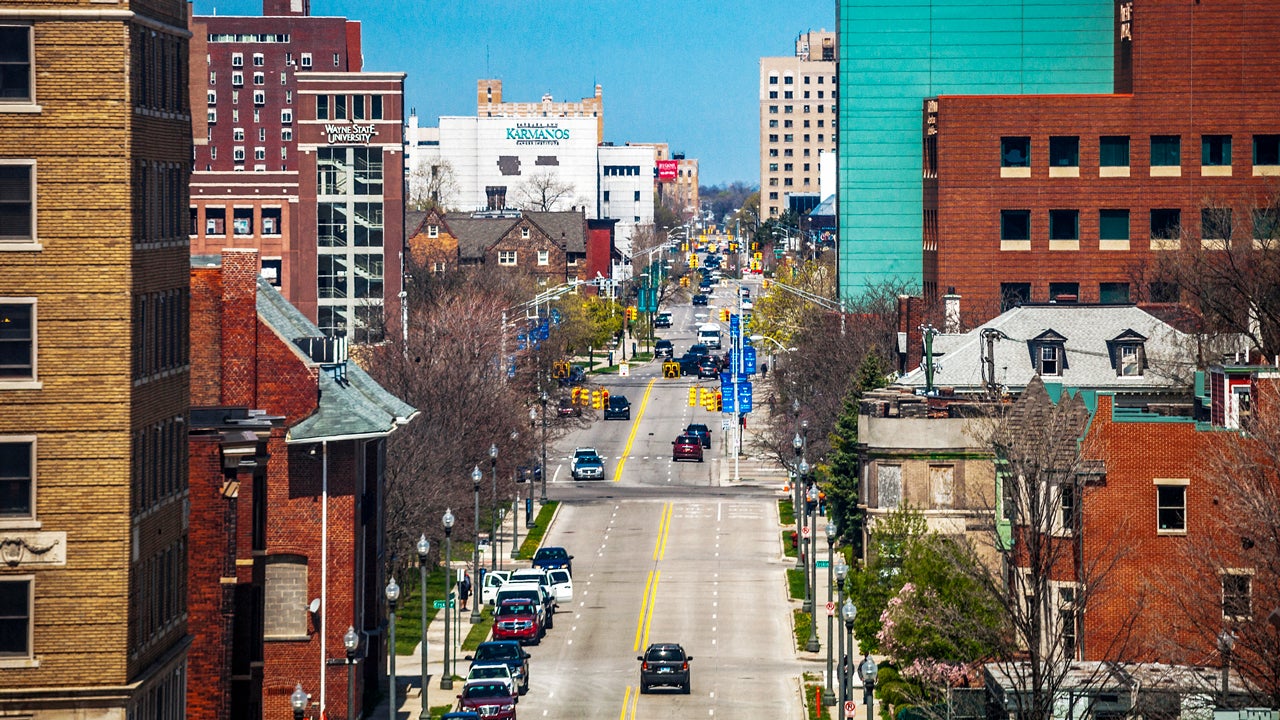Standard vs. nonstandard car insurance: What you need to know

Most people will never need nonstandard auto insurance, but it is an option for drivers who are deemed high-risk or who have been denied standard car insurance. To be designated high-risk, drivers have usually racked up serious infractions like multiple speeding tickets, at-fault accidents or a DUI. Getting caught driving without insurance or being denied insurance because of a poor credit history (in most states) could also force drivers to seek out nonstandard car insurance. Bankrate’s insurance editorial team outlines standard vs. nonstandard insurance and the potential differences in cost and coverage options.
Key takeaways
- Nonstandard car insurance is insurance for drivers who present a greater risk to insurers, making it more expensive than standard insurance.
- New drivers, those with poor driving history, a lapse in coverage or a foreign driver’s license could be considered high-risk drivers.
- Shopping around with multiple carriers may help high-risk drivers get the best rates on nonstandard car insurance.
What type of drivers might need nonstandard auto insurance?
Nonstandard insurance was created for high-risk drivers unable to obtain a standard car insurance policy. But who is considered high risk? Auto insurers typically qualify the following drivers as nonstandard or high risk:
- New drivers: Young drivers and inexperienced drivers are often considered riskier to insure because they have a greater likelihood of being involved in accidents.
- Foreign drivers: A visitor or temporary resident may not be eligible for standard auto insurance because they have no driving history in the United States.
- Drivers with a coverage lapse: Failing to maintain continuous auto insurance makes drivers riskier to insure. Even a single day without coverage could put you in this risk category.
- Drivers with a recent history of violations or at-fault accidents: Speeding tickets, car accidents or a DUI conviction could flag a driver as nonstandard. The severity and frequency of the incidents, plus the insurance company’s comfort with these types of risk, can affect whether drivers with incidents on their record are eligible for standard car insurance.
- Drivers required to carry an SR-22: Drivers who have had their license suspended or revoked may have to file an SR-22 certificate as proof they are carrying the required minimum amount of auto insurance coverage needed in their state.
The scenarios above could all potentially cause an auto insurer to refuse to offer standard auto insurance coverage—or to offer standard coverage at a much higher rate.
How is nonstandard car insurance different from standard insurance?
The biggest differences between standard vs. nonstandard auto insurance are cost and choice. Nonstandard car insurance includes the same types of coverage as standard auto insurance, but it is typically more expensive and not all insurance companies offer it. In some cases, you may have different coverage limits for nonstandard insurance based on your risk profile.
When it comes to shopping and purchasing car insurance, the process for nonstandard policies looks very similar to the standard process. You’ll still want to shop around and compare car insurance rates from various providers — including top-rated national carriers who offer both standard and nonstandard policies. If you need an SR-22 certificate, you will need to ask the carrier you choose to file that paperwork with the state on your behalf.
How much does nonstandard car insurance cost?
Nonstandard auto insurance costs more, on average, than standard car insurance, but the exact price will still depend on the rating factors in each individual driver’s profile. Insurance carriers use multiple factors to determine how much you pay for car insurance.
For example, insurance companies look at your driving record and credit history (in most states) to determine your risk of filing claims. Depending on your location, they may also factor in your ZIP code, your age, your gender and your marital status when determining whether your level of risk fits with their standard coverage offerings.
As far as the carrier you choose, the same level of coverage could cost more or less. Some nonstandard auto insurance companies specialize in high-risk car insurance, which may help you save on premiums. Insurers also rate incidents differently, such as at-fault accidents and speeding tickets, using proprietary algorithms to calculate premiums. The table below shows average full coverage premiums for drivers who may qualify for nonstandard coverage. Note that these rates may be based on quotes from standard insurance carriers as well as nonstandard carriers.
| Driver profile | Average annual full coverage premium |
|---|---|
| Clean record | $2,458 |
| Coverage lapse | $2,705 |
| 18-year-old (standalone policy) | $6,687 |
| DUI conviction | $4,713 |
Frequently asked questions
You may also like

Car insurance for high-risk drivers in Michigan

How to get car insurance for new drivers

What is non-standard auto insurance?



